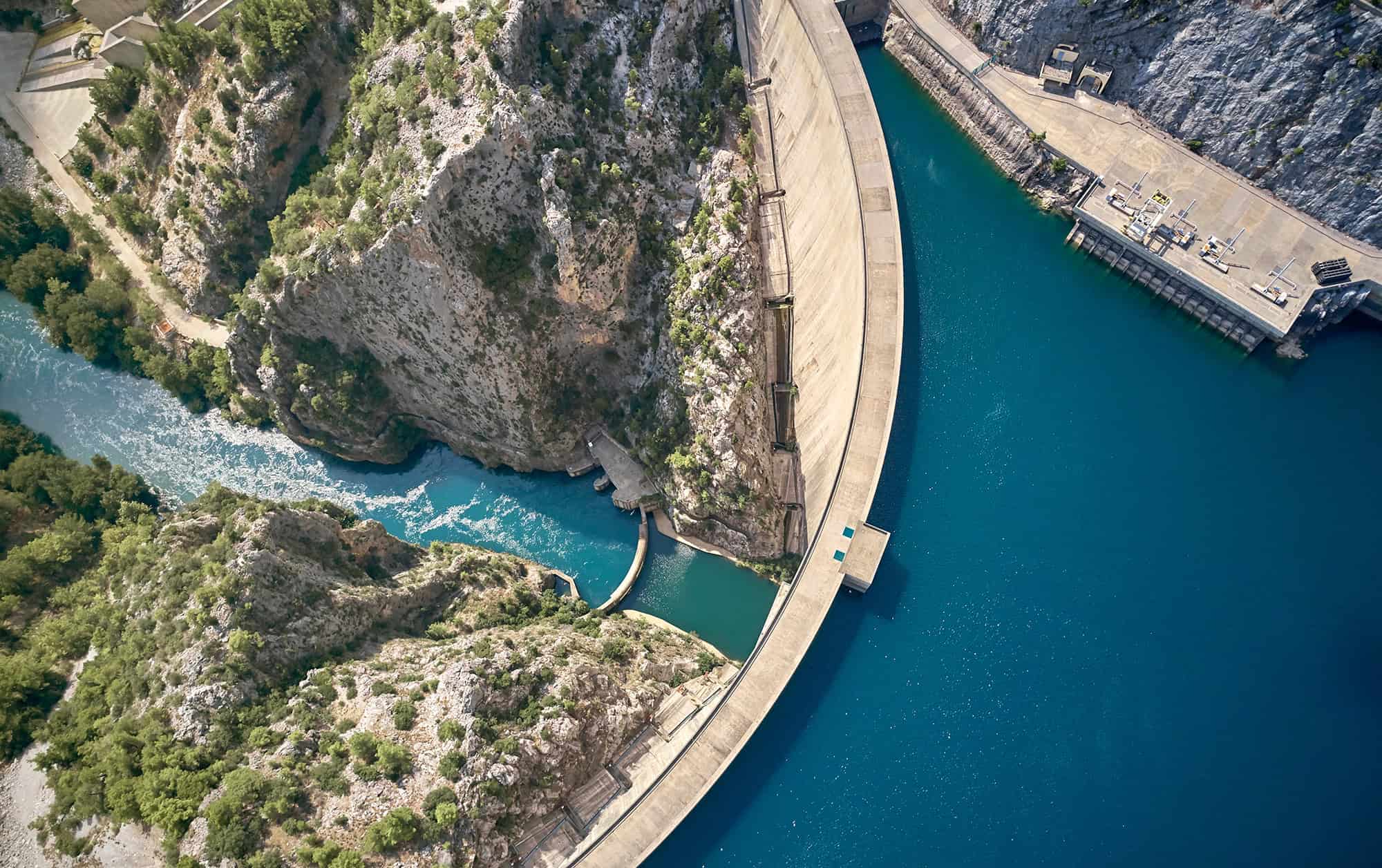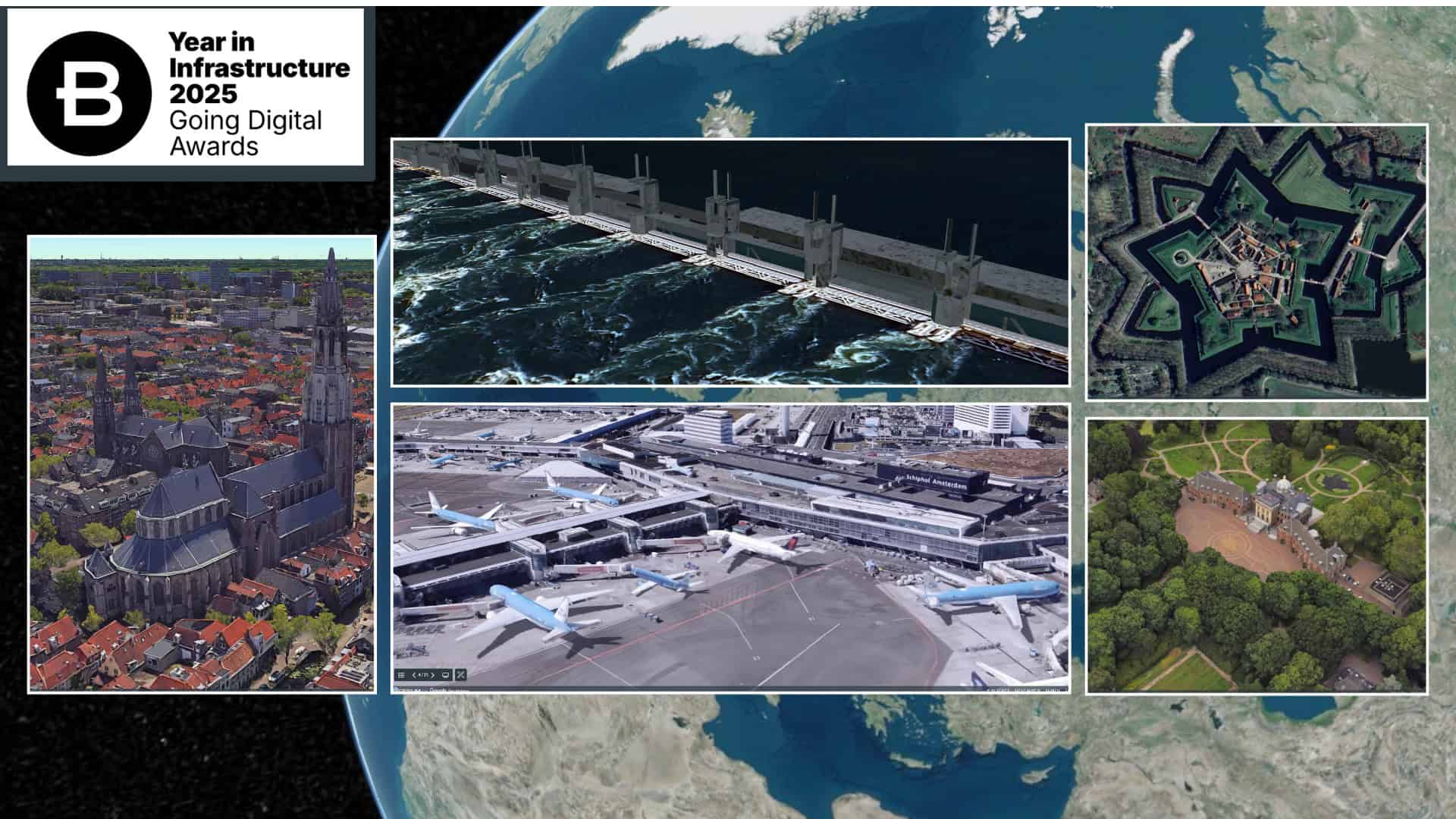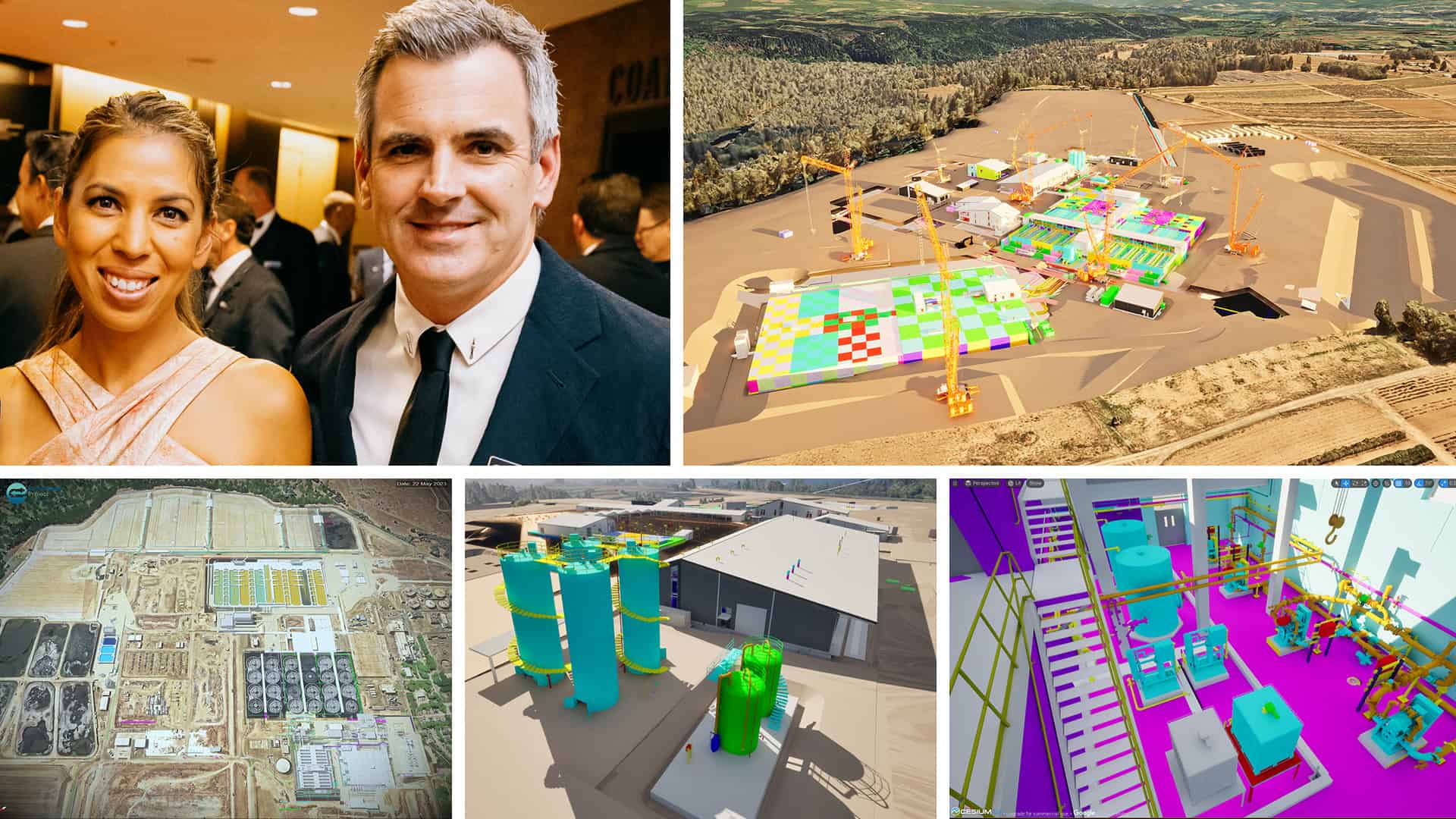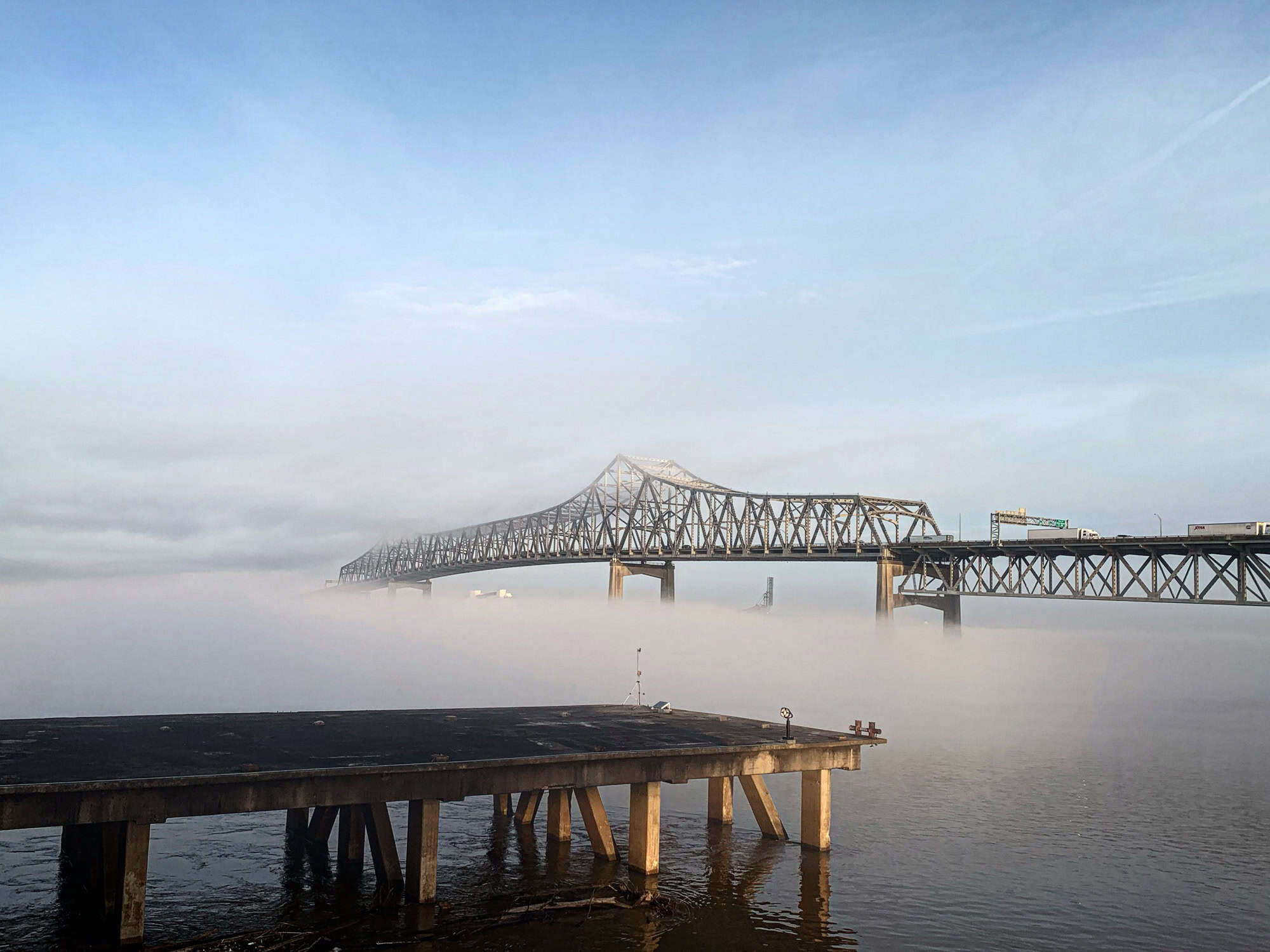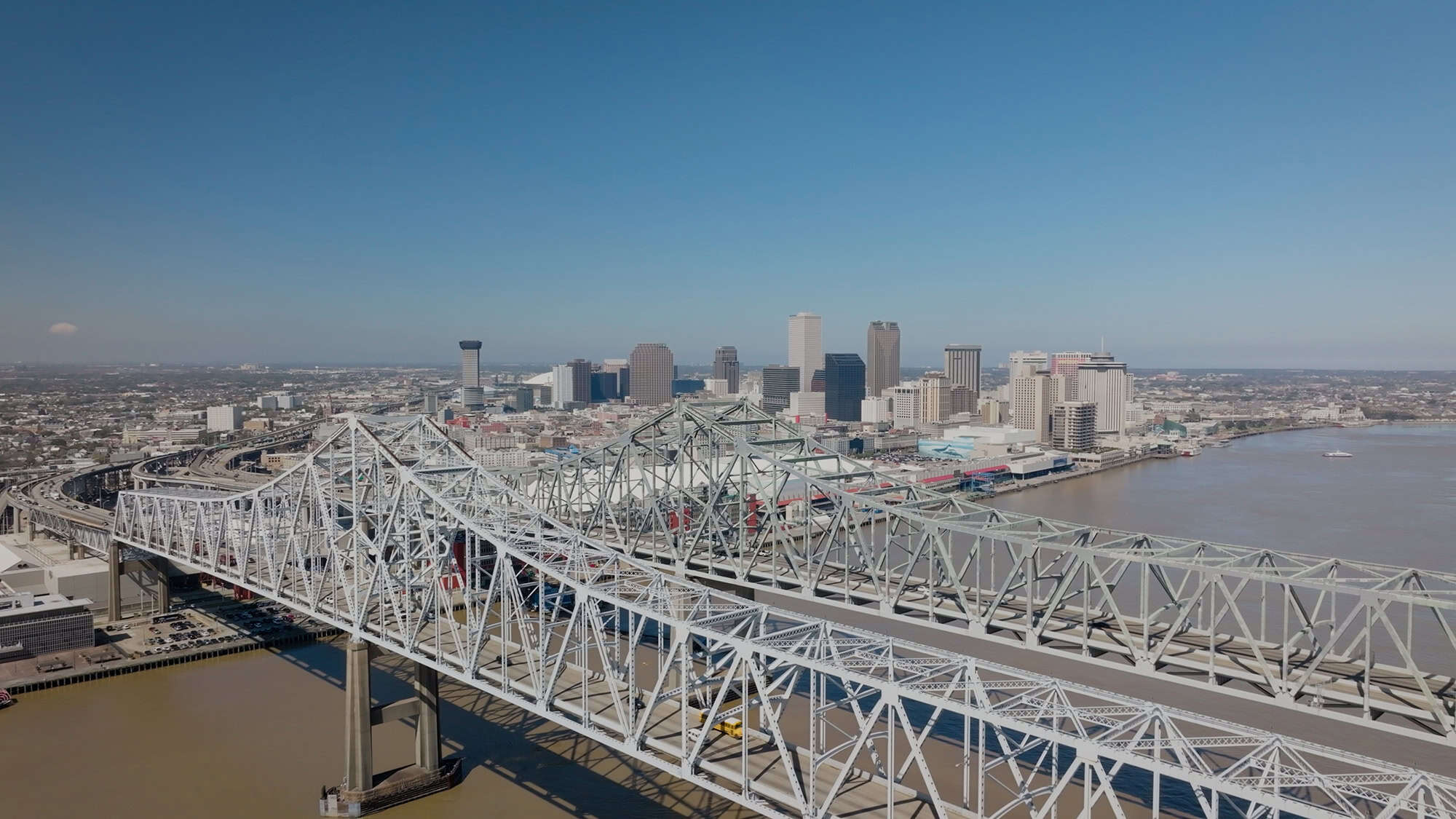Summarized from Techinformed by Kathleen Moore
Bentley Systems is helping the U.S. Army Corps of Engineers (USACE) make hundreds of aging dams more resilient in the face of extreme weather driven by climate, Techinformed reports.
The average age of America’s 92,000 dams is over 60 years, making them poorly equipped to withstand the torrential rains and flooding that are becoming increasingly frequent. A recent case in point came last June, when after several days of heavy rain, flood water surged over Minnesota’s historic Rapidan Dam, wrecked a hydroelectric power station supplying 600 homes and washed away a riverbank.
Renovating those aging dams to improve their safety comes with a $64 billion price tag, according to a study cited by Techinformed. To maintain, operate, or refurbish the dams, it’s crucial to get a clear picture from data – from above and below the ground.
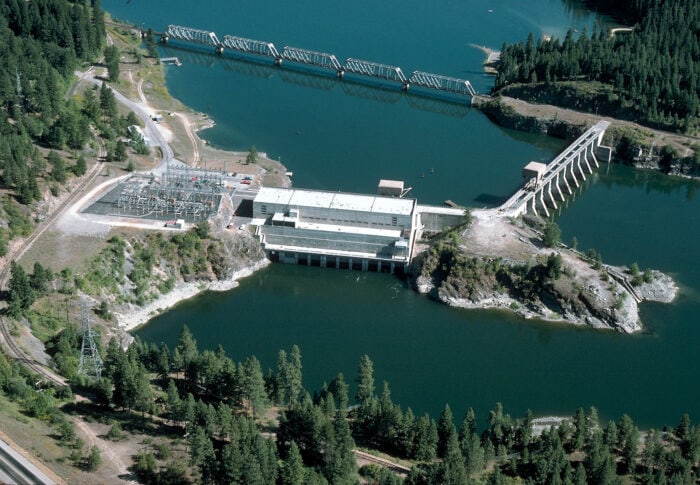 Albeni Falls Dam on the Pend Oreille River in Idaho. Image credit: Wikimedia Commons
Albeni Falls Dam on the Pend Oreille River in Idaho. Image credit: Wikimedia CommonsThe U.S. Army Corps of Engineers, which is the engineering branch of the U.S. Army, operates and maintains 740 dams nationwide. It uses borehole data to help it identify areas in potential need of repair. However, that data wasn’t in one place but spread across hundreds of databases.
As Techinformed reports, that’s where digital technology, including Seequent (the Bentley Subsurface Company) software, came in. USACE partnered with Atlanta-based Dataforensics, a subsurface data management firm, and used OpenGround, Seequent’s cloud-based platform for geotechnical data.
Dataforensics used a custom application to migrate, centralize, and standardize millions of pieces of data in OpenGround. The platform cut the time needed to migrate the data from 60,000 hours to just 3,000. Next, USACE trained its workers on the system. “Over three years, USACE conducted 30 live, multi-day training sessions, reaching more than 400 personnel,” Techinformed writes. “Additional online tutorials, webinars, and internal tech support ensured widespread adoption of OpenGround.”
Dataforensics president Scott Deaton “estimates that 8,500 projects containing data from 200,000 boreholes have been centralized and standardized in OpenGround, valued at over $500 million,” according to Techinformed. “In the past, subcontractor data, lab results, and test outcomes were often missing or incomplete. Now, all data is imported into a single system, eliminating errors from multiple data entries,” Deaton says.
USACE engineers are able to reuse historical data, which has reduced risks and cut the need for costly redrilling, he says. And it’s allowed teams to react faster during emergencies. They were recently able to locate the data for a “life-threatening” seepage problem at one dam “within minutes” and give emergency workers the information they needed to address the issue.
Read the full Techinformed story.

